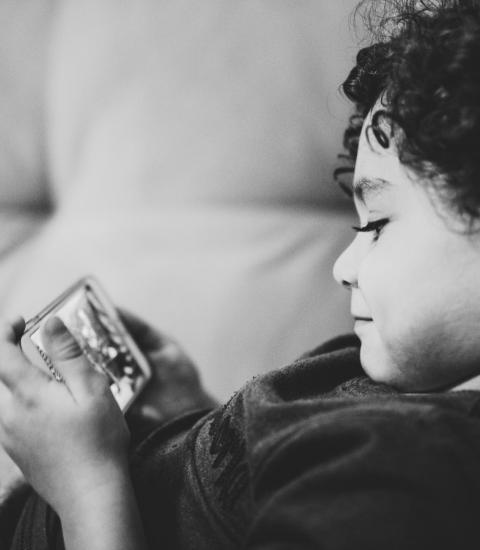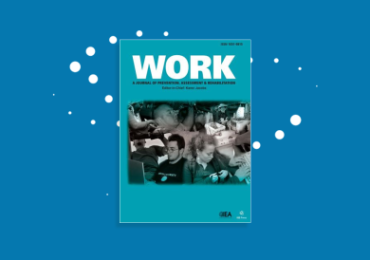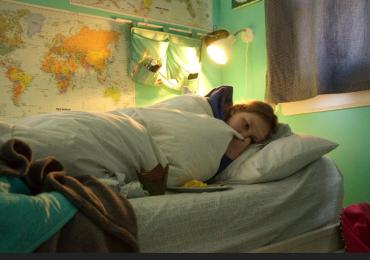
Physical comfort
Let’s face it. People probably lay down on their bed and use their smartphone or tablet because they are comfortable doing so. But is it better to lay on your stomach? Lay on your back? Lay on your side?
A study recently published in Work [3] evaluated 6 different lay-on-your-back postures for 52 adults using a smartphone. The most comfortable posture reported was one where the shoulders, neck and head are supported (such as with a pillow) with the trunk angle between 120 degrees and 142 degrees. Diagrams of the various postures that were evaluated can be seen here.
Don’t drop your device on your face
You could hurt yourself and potentially suffer a facial injury.
Tewari and co-authors report 10 facial and dental injuries in children in India during a 3-month period [4]. These injuries occurred while the child was laying on their back holding a smartphone above their face while playing a game, watching a video or taking a selfie. The authors caution that children are more at risk of sustaining injuries than adults because their facial structures are softer and more pliable.
Regardless of your age, holding your smartphone or tablet above your face is pretty dangerous when you think about it. Smartphones weigh several hundred grams (for example, see Apple iPhone specifications or Samsung smartphone specifications ) and tablet devices weigh approximately half a kilogram (for example, see Apple iPad specifications or Samsung tablet specifications). If nothing else, dropping your device on your face will hurt, or you may end up with a bruise or a broken tooth that you need to explain “I was laying in bed watching a video on my phone and I started to fall asleep …”
To eliminate the risk of dropping your device on your face, try laying on your back with your head and neck supported (as described above), or lay on your side or your stomach.
Will your sleep be affected if you use your smartphone or tablet in bed?
Yes. There is emerging evidence that your sleep will be disrupted or delayed if you use a smartphone immediately before sleep. Hughes and Burke [5] administered four questionnaires to 95 people across a wide age range (from people born before 1945 through to people born after 1996). The participants were instructed not to use their smartphone in their bedroom for one week. At the end of the one-week period, participants reported better sleep quality and that they fell asleep faster.
One popular explanation for digital devices disrupting sleep is that the short wavelength (blue) light emitted from the display will delay melatonin hormone secretion in your brain. Melatonin influences our sleep-wake cycle – we become sleepy when secretion levels are high, we are more awake when secretion levels are low.
Consequently, products have been developed for digital devices (for example, Apple Night Shift mode, Microsoft Night Light mode) that reduce the amount of blue light emitted from a digital display. The logic is that if you use your device at night, but reduce the amount of blue light it emits, then melatonin will continue to secrete as per your regular sleep-wake cycle. When you finish using your device, your sleep will be unaffected.
Unfortunately, the answer is not as simple as this.
Nagare and co-authors [6] conducted a laboratory study in which they measured the level of melatonin in the saliva of people using an iPad with the Night Shift mode switched to “high” and to “low”. They found that using the iPad suppressed melatonin (and potentially delayed sleep) even when the Night Shift mode was switched to “high”. They concluded that device users may need to also reduce the overall brightness of a display if they don’t want to adversely affect their sleep patterns.
More recently, a study with 167 young adults [7] evaluated sleep onset, sleep efficiency and sleep time under three test conditions:
- Using the iPhone with the Night Shift mode switched on for 60 minutes before bedtime,
- Using the iPhone with the Night Shift mode switched off for 60 minutes before bedtime, and
- Not using the iPhone at all for 60 minutes before bedtime.
The researchers showed that sleep quality was better when participants did not use their smartphone at all before bed. They concluded that blue light emitted from the phone does not affect sleep quality, and it is probably the cognitive task undertaken while using the phone that is to blame.
But the plot thickens. The results of this study held true for participants who normally had adequate sleep at night (average more than 6.8 hours). For participants who normally sleep less hours at night (average less than 6.8 hours), there was no difference in sleep quality between using the phone (or not) or using the Night Shift mode (or not).
Clearly, there needs to be a lot more research to understand the mechanism between digital device use and sleep.
What can we learn from this research?
If you like using your smartphone while in bed, then consider the following options to improve your physical comfort, safety and sleep quality:
- Lay on your back with your neck and shoulders supported.
- Don’t hold your device directly above your face.
- Don’t use your device during the 60 minutes before you go to sleep, especially for tasks that have a high cognitive component, such as checking and replying to emails.
- You can use features such as the Night Shift mode, but you are probably better doing this in conjunction with reducing the overall brightness of the display.
REFERENCES
1. Honan M. Mobile work: Ergonomics in a rapidly changing work environment. Work. 2015;52:289-301.
2. McCrann S, Loughman J, Butler J, Paudel N, Flitcroft D. Smartphone use as a possible risk factor for myopia. Clinical and Experimental Optometry. 2021;104(1):35-41.
3. Udomboonyanupap S, Boess S, Monteiro L, Vink P. Comfort and discomfort during smartphone use on a bed. Work. 2021;68:S245-S9.
4. Tewari N, Mathur V. Smartphones: The new risk factor for traumatic dental and facial injuries in children. Dental Traumatology. 2019;36:76-8.
5. Hughes N, Burke J. Sleeping with the frenemy: How restricting "bedroom use" of smartphones impacts happiness and wellbeing. Computers in Human Behavior. 2018;85:236-44.
6. Nagare R, Plitnick B, Figuerio M. Does the iPad Night Shift mode reduce melatonin suppression. Lighting Research and Technology. 2019;51(3):373-83.
7. Durraccio K, Zaugg K, Blackburn R, Jensen C. Does iPhone night shift mitigate negative effects of smartphone use on sleep outcomes in emerging adults? Sleep Health. 2021; https://doi.org/10.1016/j.sleh.2021.03.005.
Photo by Diego Passadori on Unsplash
Jennifer Long is a visual ergonomics consultant based in Sydney, Australia www.visualergonomics.com.au



